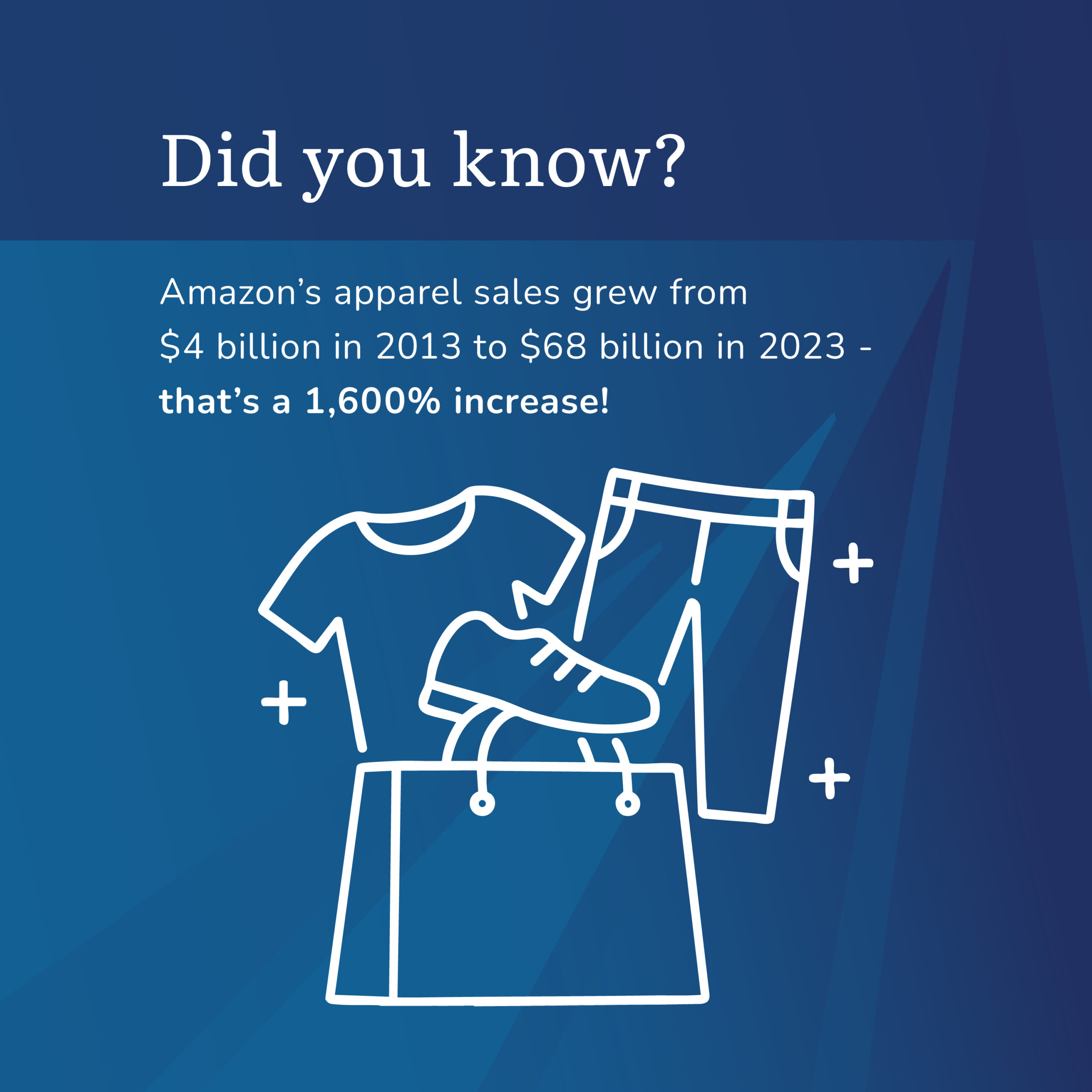The Dilemma of Two Homes
Downsizing your home is a big decision. What if you find your ideal home but haven’t sold your current one? This can be quite stressful, since you don’t want to lose out on the new property but may not be able to sell your existing property fast enough. The first place you may want to turn to for help is your investment portfolio, but that can create tax consequences.
If your money is in an IRA, you have the option of choosing a 60-day rollover – if you think you will be able to close on your existing property within 60 days and put the money back in your account, this would be a non-taxable loan to yourself. The risk is that if the 60-day window closes on you, you will not be able to return the money to the IRA and will have to pay the taxes, which can be significant and may include a hefty penalty. Another issue to consider is the opportunity cost of being out of the market for 60 days and losing out on market returns.
Liquidating an investment account is quick and easy and can usually be done with minimal transaction costs. However, if you have large unrealized gains in the account, the tax consequences can be meaningful, so looking at less costly options may be on the table. If your account is very large in comparison to the funds needed, it may be possible to pick out tax lots or securities with lower gains and leave the investments with the high gains alone. The downside of this is your portfolio may be out of balance for the duration of the “loan”/rollover, which could lead to increased overall portfolio risk.
So what are your other options?
Go on margin You can usually borrow around 50% of the value of your individual, trust, or joint account. This is very quick to set up and you may be able to get special margin interest rates depending upon whether you work with an adviser. Usually it is recommended to borrow less than 50% to avoid margin calls that may accompany a decline in markets. All margin loans must maintain a certain amount of equity as a requirement of the loan.
Apply for a pledged asset line (PAL). This option would allow you to borrow closer to 70% of the account value. Basically, your assets in the account are held as collateral for the loan. The PAL process is similar to applying for a mortgage, since it is more involved and takes longer to perform thorough credit checks and other verifications, but it allows you to borrow more. There are no closing costs or prepayment penalties. The main risk is that the lender can demand the loan at any time and or close your line, but if you plan to pay it off in a couple of months, this may not be a concern.
Keep in mind that you cannot margin or add a PAL on retirement accounts.
Get a traditional mortgage/home equity. Obtaining a mortgage has a high up-front cost if you plan to pay it off immediately after your existing home is sold. The closing costs are high for a short-term loan, but may end up being less than liquidating a taxable account or taking the risk of a 60-day rollover. That said, if you have no income other than social security and portfolio income, this may not work since the lenders want to see that you can make the payments on top of paying for your living expenses.
Borrow from a friend or family member. This option is more complicated that it appears since you would want to draft a legal document as proof that this is a loan and not a gift for tax and estate planning purposes. For example, you do not want the IRS to think this is a gift and have both of you end up with tax ramifications. Also, if something happens to the lender or borrower, there is proof of an outstanding debt. If you decide to go this route, you will want to contact an attorney, which will incur a cost. Although borrowing from a friend seems like the cheaper and easier alternative, you both need to protect yourselves legally. There is an interest rate called the AFR (Applicable Federal Rate), which is the minimum interest rate a friend or family member needs to charge you so that the loan is not considered a gift. The minimum rate is usually lower than other loan rates.
You can also do a combination of all of the above. For example, if the new property is going to be more expensive, you could borrow on margin or PAL and also get a mortgage for the balance; then, when the home sells, you can pay off the margin or PAL and just keep the mortgage indefinitely, which provides some flexibility. You may be able to get a home equity loan on your current home — it will unlikely be enough on its own to buy a new place, but may be an option if combined with one of the options above.
Feel free to reach out to Roxanne Alexander by phone: 305.448.8882 ext. 236 or [email protected].
Categories
Recent Insights
-

Rebuilding Financial Confidence After Divorce: Managing Risk & Moving Forward
Divorce is not just an emotional transition—it’s a financial one, too. The process of separating assets, redefining financial goals, and adjusting to a new financial reality can feel overwhelming. But with the right mindset and strategies, you can regain control and build a future that aligns with your new chapter in life. Understanding Financial Risk…
-

Giving with Pride: Smart Strategies for LGBTQIA+ Donors
Understanding the Landscape of LGBTQIA+ Philanthropy LGBTQIA+ donors are uniquely positioned to drive meaningful change, but the philanthropic landscape remains complex and underfunded. Historically, LGBTQIA+ organizations have faced significant challenges in securing resources, often competing with larger, more established nonprofits for limited funding. This disparity highlights the importance of strategic giving to ensure that your…
-

How to Build Lasting Relationships that Propel Your Business and Elevate Your Community
As business leaders, our role in the community extends beyond charitable acts—it’s a strategic initiative that strengthens both our businesses and the communities we serve. Building meaningful community partnerships is not just about doing good; it’s about doing it strategically to foster deeper relationships, enhance your brand, and make a lasting difference. But where do…
-

Talk Your Chart | From Tax Trends to Firing a God Portfolio: Economic Insights | Episode 68
In Episode 68 of Talk Your Chart, Marcos and Brett dive into a jam-packed discussion of economic trends, market psychology, and long-term investing. From tax receipts and Social Security’s ticking clock to why even a ‘God’ portfolio gets fired—this one covers it all and more. Charts available for download here.
-

The Other Behavioral Gap: Why Total Return Investing Could Be the Key to Your Financial Freedom
What is the Other Behavioral Gap: If you’ve been investing for a while, you’re likely familiar with the first major behavioral gap: emotional investing that is driven by fear or greed. These forces drive you to buy high and sell low. It’s a pattern that often shows up when market fluctuations cause knee-jerk reactions. But…
